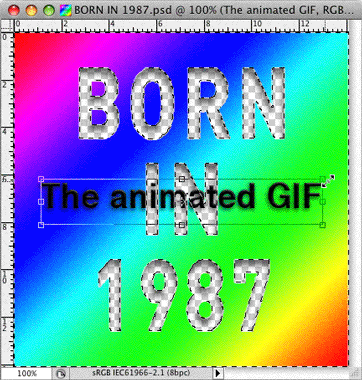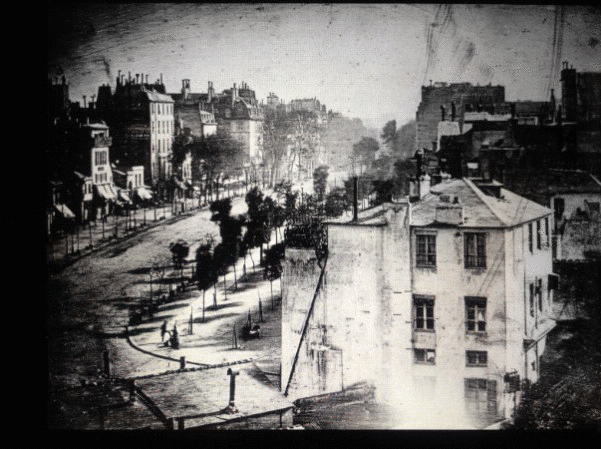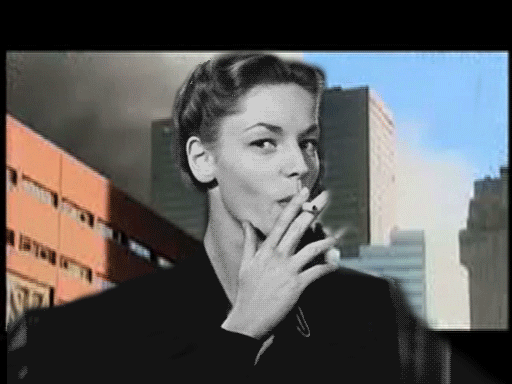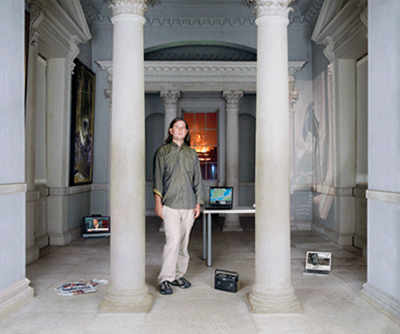When The Photographers’ Gallery announced its plans to launch a digital programme to coincide with its 2012 reopening, I was curious yet apprehensive.
The gallery’s interest in photography and computation extends as far back as 1991 when Paul Wombell curated the seminal PhotoVideo exhibition at 8 Great Newport Street. Why, twenty-two years later, was there a need to devote part of the programme exclusively to ‘the digital’? What does it mean to focus on photography’s ongoing transformation in purely technical terms? Is it even possible to address the recent shifts in Internet image production within the hermetically sealed space of the museum? These questions, of course, are far from new. The debates triggered by the migration of the ‘digital born’ image into public cultural institutions revisit those raised in the 1990s when Internet Art began to be shown in and collected by museums.
Having joined the gallery as Curator of the Digital Programme over a year ago, I accept there is a strategic benefit to signposting the gallery’s interest in, and commitment to, resourcing projects and research in this area. Nonetheless, the problem remains that ‘the digital’ is not in itself a new photographic medium, but a hybrid set of technological practices. The gallery’s creation of a specialist digital curatorial role has also occurred at the precise point when social technologies have prompted a rethink of established forms of cultural value. The task, then, is not to create a new ‘digital’ canon of artists and photographers (linked to a longer historical continuum) but rather to consider whether digital ecologies should lead us to think about the image in new and interdisciplinary ways. And for galleries and museums, which have largely seen technology as an accessory to their main concerns, there is a pressing need to understand how networked media influences their role mediating between people and cultural objects.
The question of what would become the inaugural show of the digital programme was therefore a tricky one. Although there had been a lot of interest in the gallery’s commissioning of a permanent display for digital work (both internally and externally), I don’t think anyone had a clear idea what it might look like – apart from an early visualisation of the ground floor café (predictably) immersed in a gleaming world of screens. In this vein, it could be argued that the 2.7 x 3m video wall we eventually installed in the gallery offers a fetishistic (yet, paradoxically retro) vision of technology. However, as a platform for photography it has the advantage of belonging to the contemporary visual world of the CCTV control room or nearby Oxford Street, rather than the cinematic spaces of gallery-based video art.
Inspired by the contemporary hybridisation and dispersal of the photographic image online, Born in 1987: The Animated GIF became the first show to light up the media wall. An image file format native to the web, the GIF has been creatively used and abused by web designers, marketers, artists and net enthusiasts over its 26 year history. The show was part of a wider strategy to bring into the gallery the expertise of different communities – whether they be GIF creators or, more recently, cat photographers – whose practices and cultural knowledge can shed light upon photographic culture today. Whilst the exhibition opened with over 40 GIFs sourced from a range of practitioners, they formed the basis for a wider call to the online community for their responses. These were then fed back into the media wall for the duration of the show.
In his essay accompanying the exhibition, Matt Fuller argues that ‘the story of photography will be, in no small part, that of its file formats, the kinds of compression and storage it undergoes, as they in turn produce what is conjurable as an image’. As GIFs twinkle and virally reproduce online, they remind us that the image today is intimately linked to the politics of software, and the agency of bodies and machines that lie behind the screen. Significantly, this has been all but overlooked in histories of photography where digitisation has commonly been associated with immateriality and the disappearance of the photographic object.
Because what has been valued about photography traditionally has been its capacity to visualise or represent the world as picture, it remains difficult to represent digital processes that emphasise the dynamics of reproduction over content. There is a risk that the exhibition of GIFs (or other online images) on a gallery screen invites us to consider the value of these objects not as cultural phenomena but reified as ‘art’. And herein lies the rub. Whilst new technologies promise to deliver increasingly luscious and plentiful images to our screens, the operations that produce them and the operations they make possible are increasingly concealed. In the face of a deluge of images, in which the value and meaning of a singular image is called into question, the gallery’s task is to keep on exhibiting images. Isn’t it?
–
Published on 2 September 2013
Commissioned by Photoworks
–
This post is the first in a series of commissioned articles marking Brighton Digital Festival 2013, each offering a personal response to questions on photography and digital culture.
Check back over the coming weeks for articles from Douglas Dodds, Senior Curator at the V&A, on the history of computer generated art and from photographer, Thomas Ball, whose project Electrosensitive concerns people affected by Electromagnetic Hypersensitivity.







